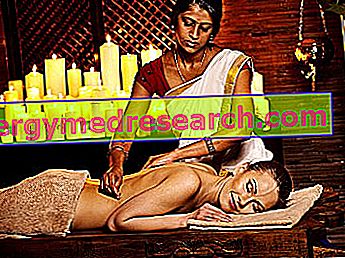Related articles: Esophageal diverticula
Definition
Esophageal diverticula are saccular extroflections of the mucous membrane of the esophagus, in communication with the lumen of the organ. To give an idea, they resemble small pockets, similar to those left by a finger pressing from the inside against the walls of a malleable tube.
There are different types of esophageal diverticula, each with a different origin. First of all, they can be distinguished into congenital (therefore present since birth, a condition that is very rare) or acquired. Acquired oesophageal diverticula can be by drive and traction. Those from drive are due to an increase in intraluminal pressure, associated with disorders of esophageal motility; from this combination originates a gradual exfoliation of mucosa and submucosa through an area of weakness of the muscular wall of the esophagus. Zenker's diverticulum is the most frequent drive diverticulum. Traction diverticula, on the other hand, extend to the entire thickness of the esophageal wall and are due to scarring phenomena secondary to inflammatory processes that have affected the organs close to the esophagus (eg bronchopneumonia).
Most common symptoms and signs *
- Lowering of the voice
- Halitosis
- Anorexia
- Dysphagia
- Hematemesis
- Feces picee
- Mediastinitis
- Melena
- Knot in the throat
- Weight loss
- Gastrointestinal perforation
- pneumomediastinum
- Hoarseness
- Acid regurgitation
- Rumination
- Muscle spasms
- Cough
Further indications
Esophageal diverticula can be asymptomatic or cause halitosis, dysphagia (difficulty during swallowing) and other problems. The stagnation of food ingested inside the diverticular pocket, for example, can give rise to episodes of regurgitation when the patient flexes forward or relaxes. If regurgitation is nocturnal, ab ingestis pneumonia can occur. Possible complications are the onset of inflammation and infection, as well as the perforation of the diverticulum itself. In the event that the diverticular pocket reaches large dimensions, a palpable swelling on the neck may occur.
Esophageal diverticula are diagnosed by X-ray with a baritized meal. Also the esophagus-gastroscopy can be of great help.
Usually, no specific treatment is needed, although sometimes surgical resection is required for large or symptomatic diverticula.



